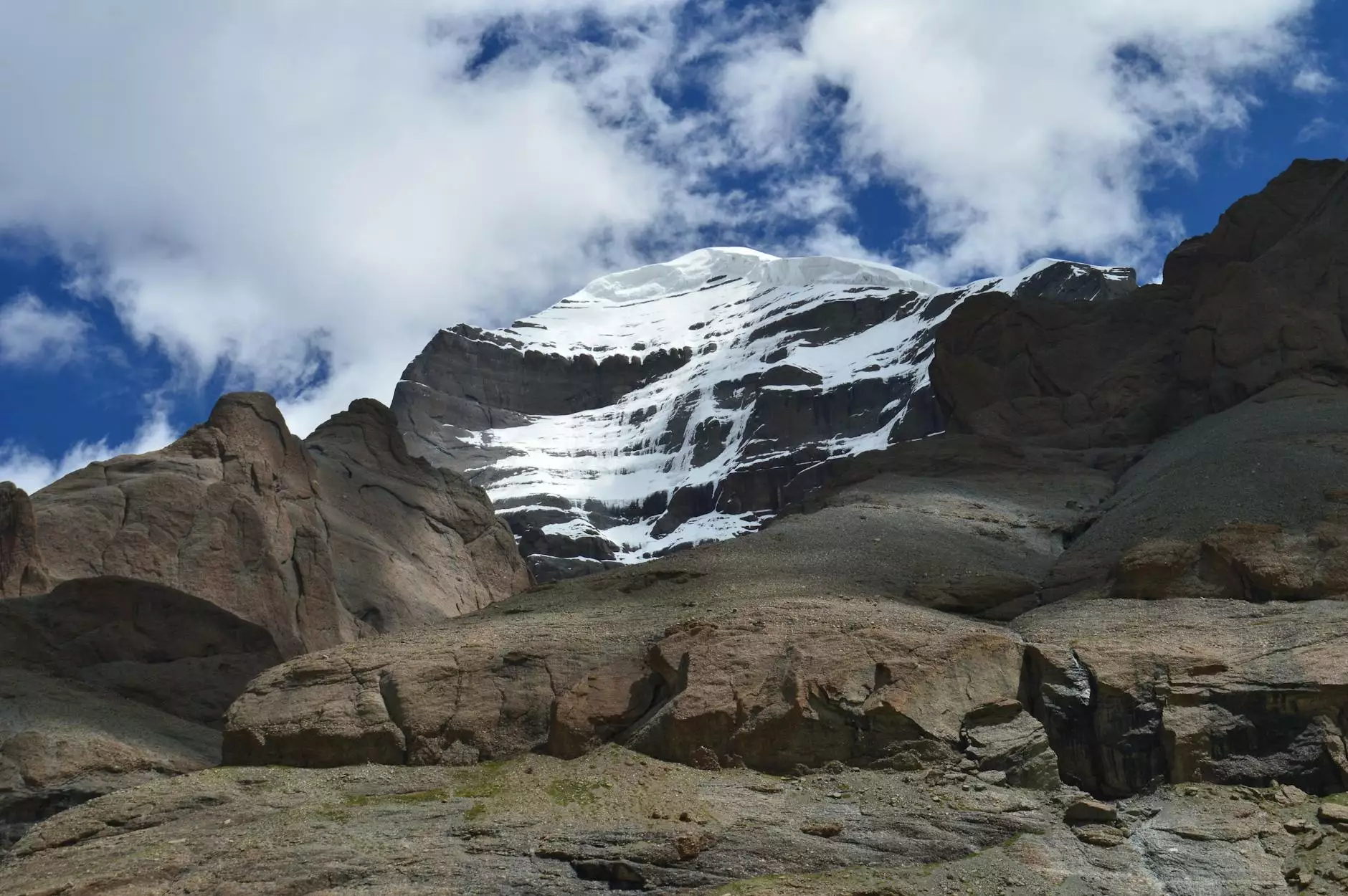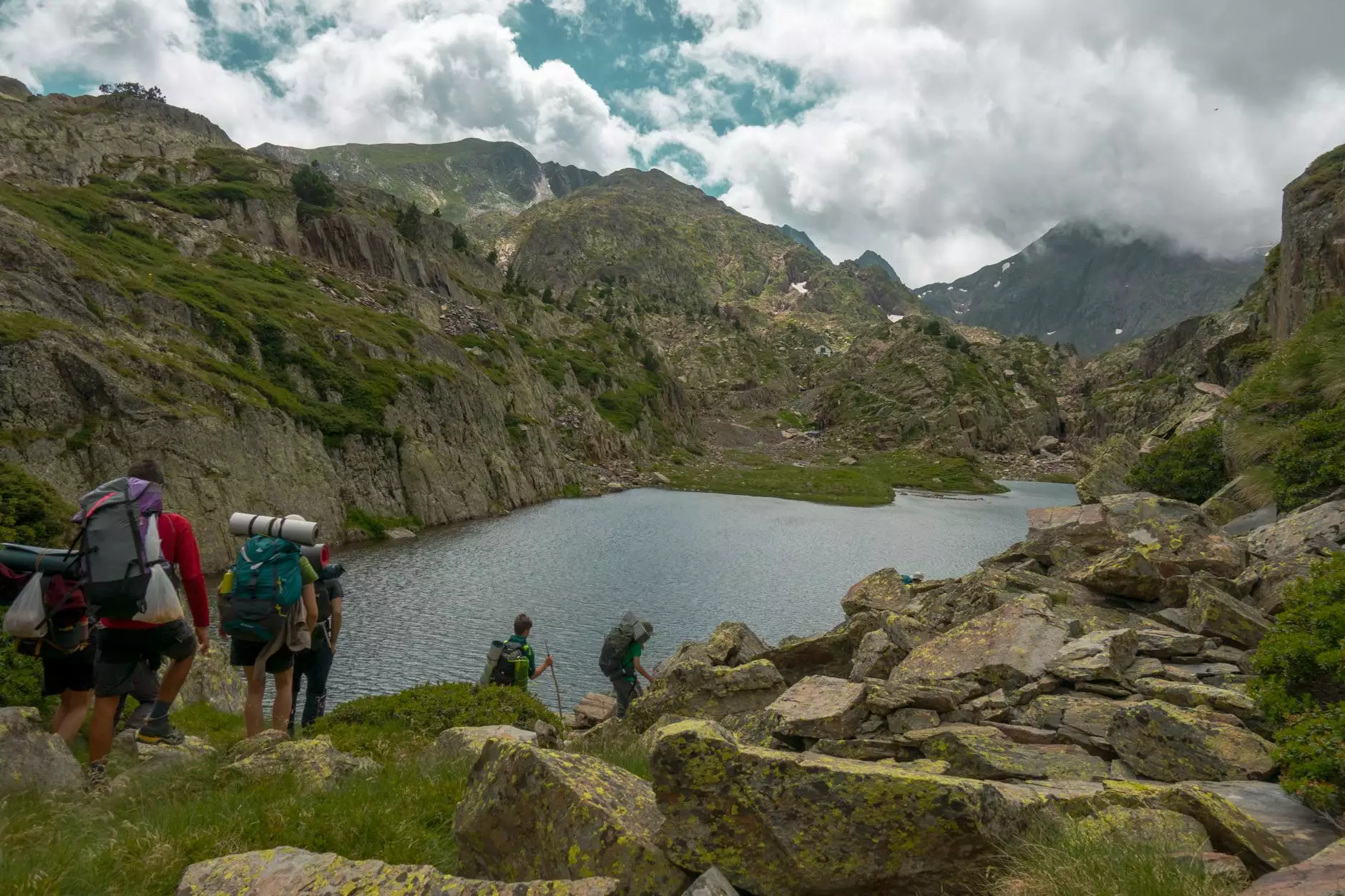Kailash Pilgrimage: A Journey to Sacred Heights

The Kailash pilgrimage is not just a journey; it is an odyssey of faith, spirituality, and personal discovery. This sacred trek attracts thousands of pilgrims and adventurers each year, all drawn to the majestic Mount Kailash, an iconic peak steeped in religious significance. In this comprehensive guide, we dive deep into the Kailash pilgrimage, exploring its cultural relevance, practical logistics, spiritual aspects, and why it has captivated the hearts of many for centuries.
Understanding Mount Kailash
Mount Kailash, standing tall at 6,638 meters (21,778 feet) in the Tibet Autonomous Region of China, is revered as the holiest mountain in several religions, including Hinduism, Buddhism, Jainism, and the Bon religion. Each of these faiths attributes a profound meaning to this sacred mountain:
- Hinduism: Believed to be the abode of Lord Shiva, the mountain symbolizes spiritual power and is the source of the sacred river Ganges.
- Buddhism: Recognized as the dwelling place of Demchok, a deity representing supreme bliss, Mount Kailash is central to Tibetan Buddhist belief.
- Jainism: The mountain is associated with the first Tirthankara, Rishabhanatha, making it an important pilgrimage destination.
- Bon Religion: Mount Kailash is considered a sacred place of worship where the Bonpo god sits enthroned.
The Spiritual Significance of the Kailash Pilgrimage
Embarking on the Kailash pilgrimage is more than merely trekking; it is a path to spiritual enlightenment and internal peace. Each step taken during the parikrama (circumambulation) is believed to wash away sins and bring devotees closer to divine grace. The journey itself symbolizes the search for truth and harmony with the universe.
The Ritual of Parikrama
One of the main components of the Kailash pilgrimage is the parikrama, a ritualistic circumambulation of the mountain. Covering approximately 52 kilometers (32 miles), this trek is traditionally completed by foot. Pilgrims engage in meditation and prayers along the way, reinforcing their spiritual connection to the sacred landscape.
Steps of the Parikrama
- Preparation: Pilgrims should prepare physically and spiritually, understanding that the trek demands endurance and faith.
- Starting Point: The journey typically begins at the town of Darchen, the gateway to Mount Kailash.
- The Trek: Participants traverse rugged terrains, crossing high passes such as the Dolma La Pass at over 5,600 meters (18,372 feet).
- Completion: At the end of the parikrama, pilgrims often feel a transformative experience, connecting emotionally and spiritually with their beliefs.
Logistics of the Kailash Pilgrimage
Planning for the Kailash pilgrimage requires careful consideration of various logistical aspects to ensure a safe and fulfilling journey.
Best Time to Visit
The ideal time for the Kailash pilgrimage is during the months of May to September. This period offers the most favorable weather conditions with clear skies for a better experience. However, pilgrims should be aware of the fluctuating weather conditions in the region.
Traveling to Kailash
Reaching Mount Kailash involves travel through various routes, primarily starting from Kathmandu, Nepal, or Lhasa, Tibet. Most travelers opt for the following itinerary:
- Flight to Kathmandu: Begin your journey with a flight into Kathmandu.
- Travel to Lhasa: Use overland or flight options to reach Lhasa.
- Travel to Darchen: Head towards Darchen, the base for the Kailash pilgrimage.
Permits and Documentation
Travelers need to obtain a special permit to enter Tibet, which is typically arranged by travel agencies specialized in Kailash pilgrimage tours, like Peace Nepal Treks. Ensure you have all necessary documents ready before your trip.
Health and Acclimatization
Given its high altitude, acclimatization is crucial for a safe and enjoyable pilgrimage. Pilgrims are advised to spend a few days in Lhasa or lower altitudes before beginning their trek to allow their bodies to adjust. Staying hydrated, eating nutritious meals, and avoiding strenuous activities initially can help in this process.
What to Pack for the Kailash Pilgrimage
Being well-prepared with the right gear can enhance the overall experience. A comprehensive packing list includes:
- Clothing: Layered clothing suitable for varying weather conditions, including thermal layers, lightweight jackets, and waterproof gear.
- Trekking Gear: Good quality trekking boots, walking sticks, and a sturdy backpack.
- Safety & Health Supplies: First aid kit, altitude sickness medication, sunscreen, lip balm, and ample water purification options.
- Spiritual Items: Prayer flags, malas, and other religious paraphernalia to enhance your spiritual journey.
Cultural Aspects of the Kailash Pilgrimage
As a melting pot of diverse cultures and traditions, the Kailash pilgrimage is also a vibrant cultural experience. Pilgrims often share stories, traditions, and perspectives, enriching the journey.
Interactions with Locals
The Tibetan communities surrounding Kailash are known for their hospitality and rich traditions. Engaging with locals can provide insights into their spiritual practices, traditional lifestyles, and culinary delights. Enjoying local dishes like Tsampa (roasted barley flour) and Momos (dumplings) can make the journey even more memorable.
The Role of Festivals
Certain festivals associated with the Kailash pilgrimage can also enhance your experience. The Saga Dawa festival, held in May or June, marks the birth and enlightenment of Buddha and attracts numerous pilgrims to the region. Participating in such events can deepen your spiritual experience.
Spiritual Preparation for the Kailash Pilgrimage
Beyond physical preparedness, spiritual readiness is vital for the Kailash pilgrimage. Engaging in meditation and reflection prior to your journey can help in cultivating a meaningful mindset. This pilgrimage is not just about reaching the destination but fostering a connection to your spiritual self and the universe.
Practicing Mindfulness
Mindfulness practices, such as meditation or yoga, can enrich the trekking experience. Connecting with nature and engaging in moments of silence and contemplation offers deeper insights into the inner self and the meaning of the journey.
Conclusion
The Kailash pilgrimage is a transformative journey that blends adventure with spirituality. It brings together individuals from various walks of life and offers them an opportunity to connect with their faith amidst breathtaking scenery. At Peace Nepal Treks, we strive to provide insightful and enriching itineraries that not only guide you through magnificent landscapes but also allow for deep cultural and spiritual interaction. As you consider this sacred journey, envision the profound experiences that await on this magnificent pilgrimage to the heights of Mount Kailash.
Embarking on the Kailash pilgrimage is undoubtedly a significant step in one’s spiritual journey, offering rewards that extend far beyond physical exertion. Join us at Peace Nepal Treks and create lasting memories that resonate through the soul as you tread the sacred paths of this magnificent region.









